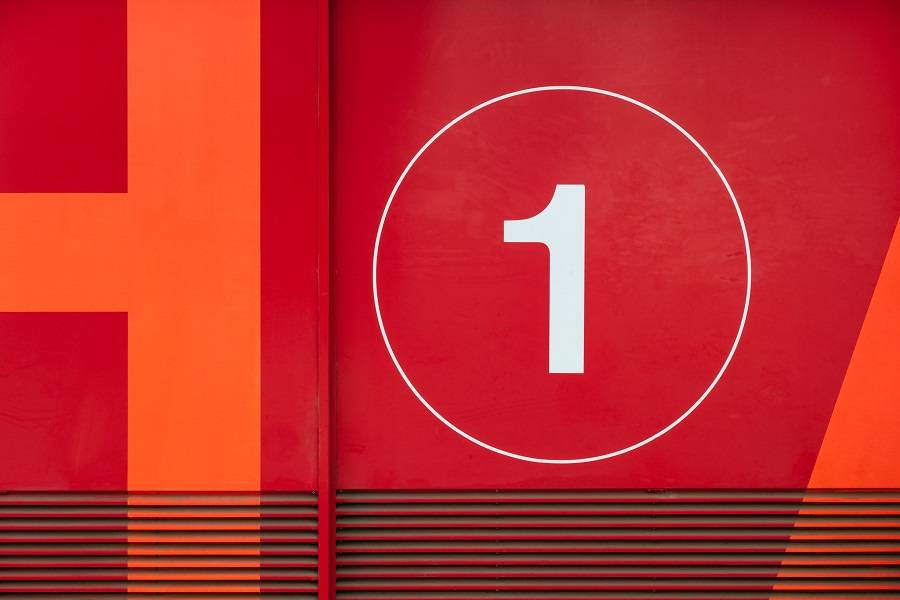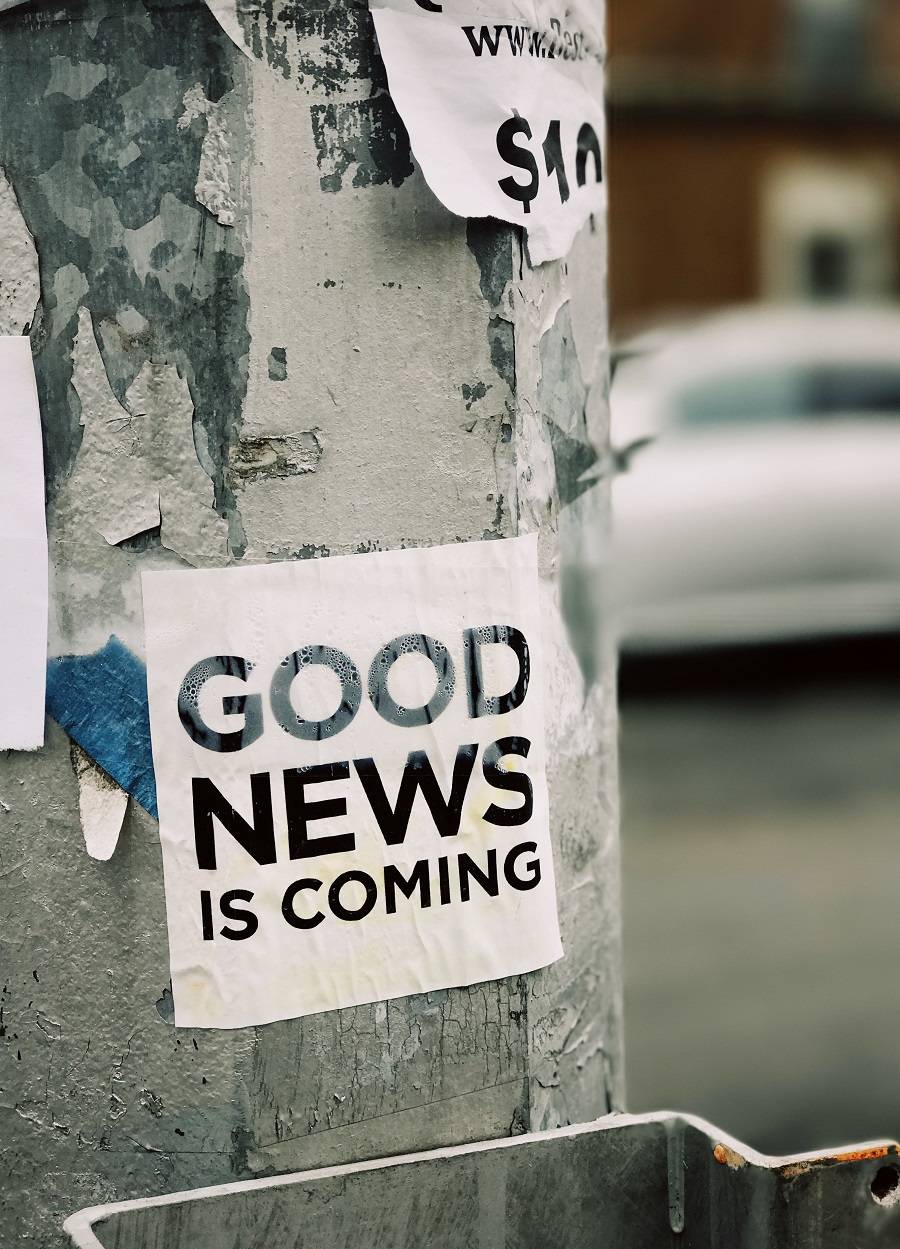Omnichannel marketing sounds easy in theory. All you have to do is ensure each promotional message your audience sees takes them down a sequence of small goals that lead them to the ultimate goal of being an advocate of your brand. However, products are different, services are different, people’s behaviour varies and different channels and media achieve different effects. Therefore, implementing it is a long process of trying something, refining it, and trying again.
For a quick recap, you can read our omnichannel marketing article here. The quick summary is:
To implement an omnichannel marketing approach you need to understand your customer journey and the small steps they take towards making a purchase. Once you have that understanding you must integrate and structure your most effective marketing channels, media and messaging to help your customer easily move from one step to the next. All of this is supported by multidisciplinary teams, in-depth analytics and marketing automation software.
As you have deduced, this is something we are trying to implement on our side. While we are at it, we are going to publish our journey here so you can share it if you wish. Also, please share your experiences with us via the comments below.
This is post number 1 in the series. In these posts, we will document our omnichannel marketing journey, the results we get along the way and the tweaks we will make.

Number 1 – Photo by Samuel Zeller on Unsplash
Our first step on the omnichannel journey is using Flyers to drive a website visit. That is, the main channel is the flyers. The main goal is to drive visits to the website. Our objective is to generate a 3% visit rate from the number of flyers we send out. Therefore, out of 1 000 flyers we hope to get 30 website visits.
Why is a website visit so important?
- Being an e-commerce site, any visitors can order instantly. A good online conversion rate is 3%, which means of the 30 visitors, at least 1 should order (if we distribute to the right people).
- Other small steps that can be taken on the website is requesting a quote, opening a customer account and/or subscribing to the newsletter.
- Remarketing can only start once someone visits your website. Once they visit the website we can show them relevant products and content that will get them back to the website.
Therefore the 29 people who don’t order can continue to take small steps toward the goal of becoming a paying customers.
As you can tell, the main channel – Flyers – needs supporting channels – website, email subscriptions, online ads and more. So, let’s break down the components:
The Flyers
- Target market: Small business owners
- Design: Business stationery items starter pack – Business card, Folders, Notepads
- Call to action: Visit Printulu for a free business package design (using one of our templates)
- Giveaway: Notepad
Why?
Our ideal target audience is small to medium business owners who don’t want to spend too much time and money on getting their printing done.
One of their printing needs is business stationery that helps them to look more professional when meeting with clients and suppliers.
They may be looking to improve their current designs or get a brand new design of their business stationery, hence the incentive.
Getting them to the website will encourage them to use our website. This also allows us to remarket to them with relevant ads.
Website
The webpage
- Target market: Only people who received the flyer.
- Design: Images of our business stationery offering and prices.
- Call to action: Provide your details and brief for your free design.
- Tactic: Chatbot to guide them through the process
Why?
At this point, they know some of what we offer, the webpage gives them a full view of our offering and the prices. We will also include a short description/video on what makes Printulu better than other printers.
Getting their contact details will allow us to build a relationship with them and guide them down the other steps involved in the journey.
Remarketing
- Target market: People who visited the page.
- Design: Business stationery content – article – and business stationery products.
- Call to action: Get an instant quote.
- Tactic: Chatbot to guide them through the process
Once they visit our webpage, we can determine that they want business stationery.
From here we can show them content related to business stationery – this will bring them back to the website where we can encourage them to take the next step. I.e. Register on the site or request a quote.
This will also be reinforced in the next post.
Measuring
The tracking
We need to use a unique landing page / URL that lets us know how many people actually visited from the flyer and if we need to tweak the flyer design or distribution. So we will use Google Analytics to provide some on-page stats.
The briefing form will also let us know how successful we were in getting contact details. We will use our email platform to track this.
Our remarketing will be done in Facebook and Google AdWords. Both platforms will let us know how successful our ad sets are.
We can use event tracking on the download quote button to track if the remarketing was successful in driving that step.
That concludes the first post on Omnichannel Marketing
To receive the next post directly via email, you can subscribe to our newsletter here.
If you would rather have it delivered via Facebook messenger, then you can subscribe to our messenger here.
See you next week with the results from the first leg of our journey and what we will do for the second leg.




